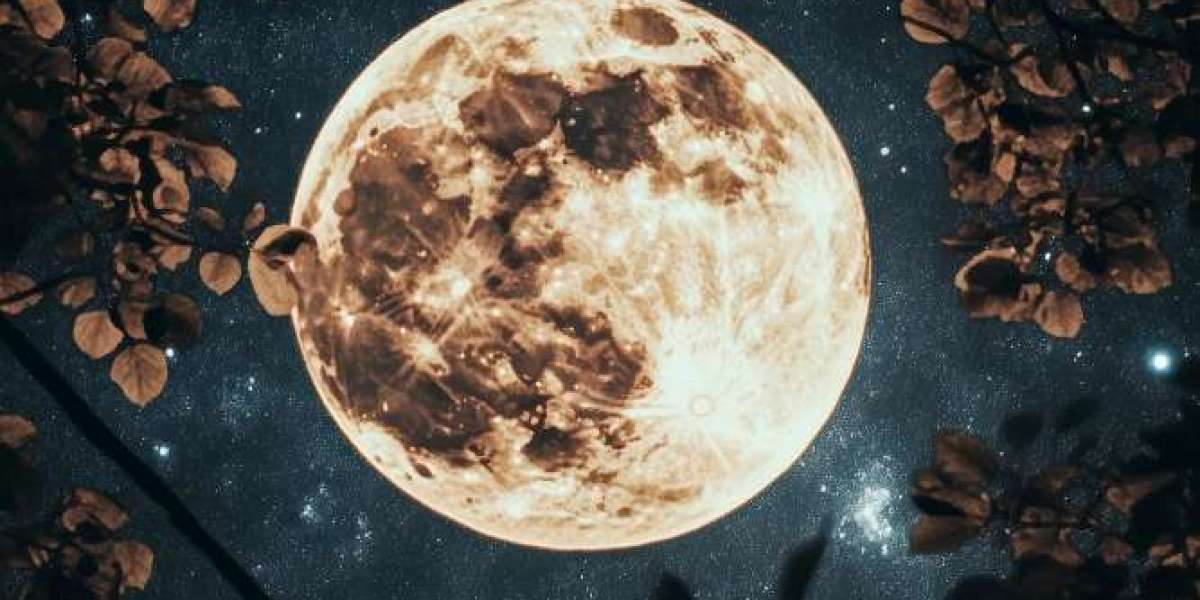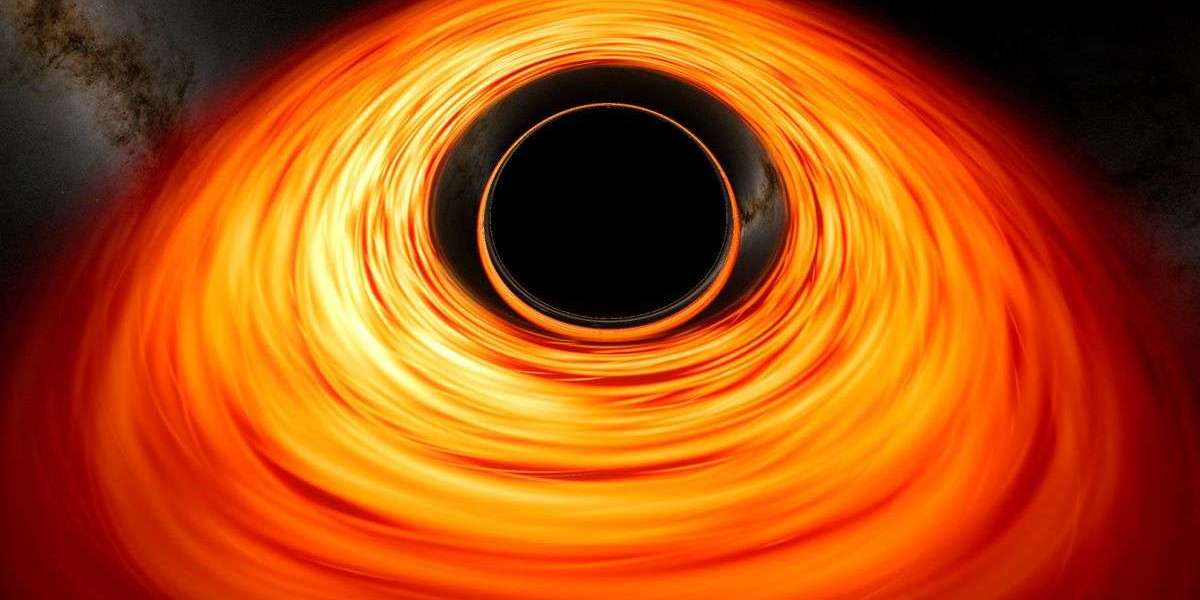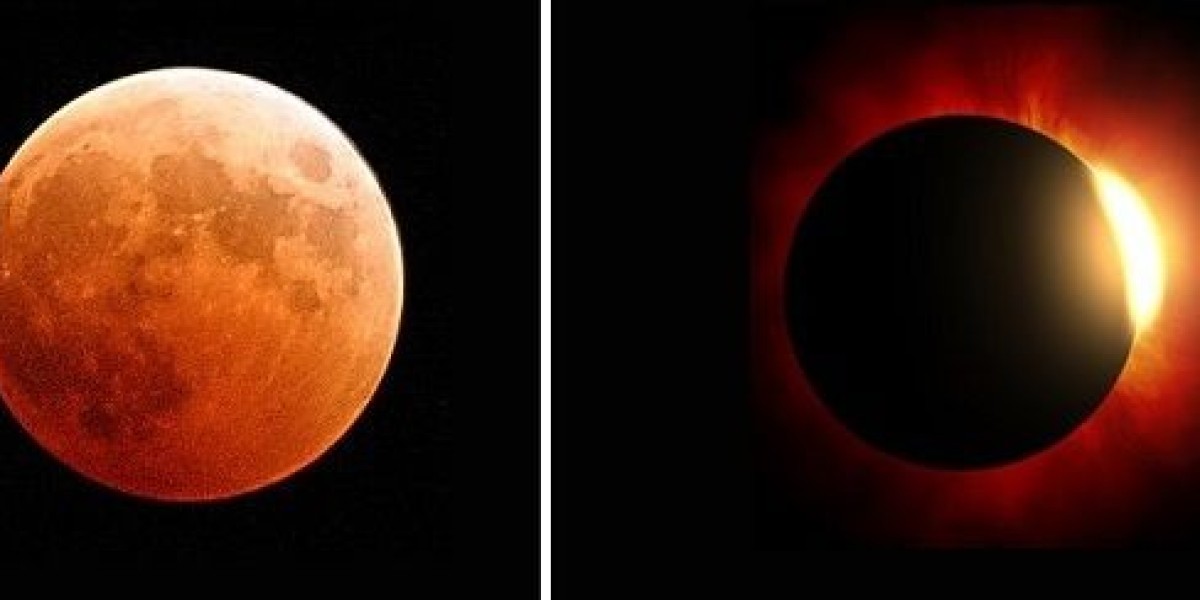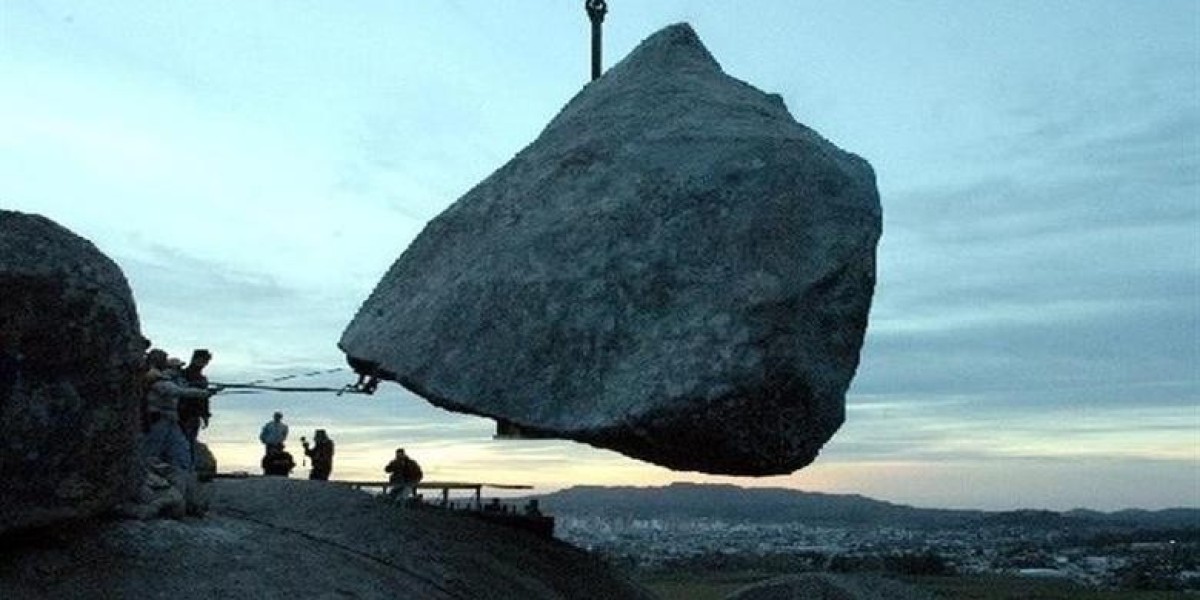article image source: freepik.com (link)
The November full moon, famously known as the Beaver Moon, is set to dazzle skywatchers in 2025. This lunar event is not just any full moon—it’s a supermoon, the second of three in 2025, promising one of the brightest and most impressive displays of the year.
advertisement
When and Where to See the Beaver Moon
The Beaver Moon will reach peak illumination on Wednesday, November 5, 2025, at 8:19 a.m. EST (13:19 UTC). While the official peak occurs in the morning, the moon will be visible the night before and during the evening of November 5. In the UK, observers can catch the moon around 1:19 p.m. local time.
For the best experience, experts recommend looking for the moon in the eastern sky just after sunset on November 4 and 5. Using binoculars or a telescope can enhance the view, though even the naked eye will reveal a noticeably brighter and larger moon than usual.
What Makes This Beaver Moon Special
This year’s Beaver Moon is a supermoon, meaning it occurs when the moon is near perigee, its closest point to Earth. At this distance—approximately 221,816 miles (356,980 kilometers)—the moon will appear up to 7% larger and 16% brighter than a typical full moon. In fact, its glow may even cast faint shadows on the ground, a rare sight that only the most intense supermoons produce.
This alignment makes November 5th’s full moon the biggest and brightest of 2025, and a treat for both casual stargazers and photographers. The effect will be most dramatic during moonrise, when the moon sits low on the horizon, appearing even larger due to an optical illusion known as the “moon illusion.” Its golden-orange hue at this time comes from Earth’s atmosphere scattering shorter blue wavelengths of light, leaving the warmer tones to dominate.
Why It’s Called the Beaver Moon
The name “Beaver Moon” has roots in Native American and European traditions. Historically, November marked the time when beavers prepared for winter, building lodges and storing food. It was also the season to trap beavers for their thick, warm pelts.
Some traditions also refer to the November full moon as the Frost Moon, Freezing Moon, Trading Moon, or Snow Moon. While “Snow Moon” is more commonly associated with February, all these names reflect the seasonal cycles of nature and human activity.
Celestial Companions and Stargazing Tips
This year, the Beaver Moon will share the night sky with several notable celestial objects:
Taurus constellation, with the bright red star Aldebaran marking the bull’s eye
Pleiades star cluster, also known as the Seven Sisters
Hyades star cluster
The planet Jupiter
To fully enjoy this cosmic display, try using your hand or binoculars to temporarily block the moon’s brightness and spot the fainter stars nearby. Photographers can experiment with silhouettes of trees, rooftops, or people to add scale and drama to lunar shots.
Why You Can’t Miss This Supermoon
The November 2025 Beaver Moon is special not only for its size and brightness but also because this alignment—full moon at closest approach—won’t happen again until November 24, 2026. This rare celestial timing offers an opportunity to witness both the science and beauty of our lunar neighbor, as well as to reflect on how natural cycles have shaped human culture for centuries.
Whether you’re a casual stargazer or a dedicated astronomer, the Beaver Moon promises an unforgettable night under the sky.
Sources
Thank you !
















































